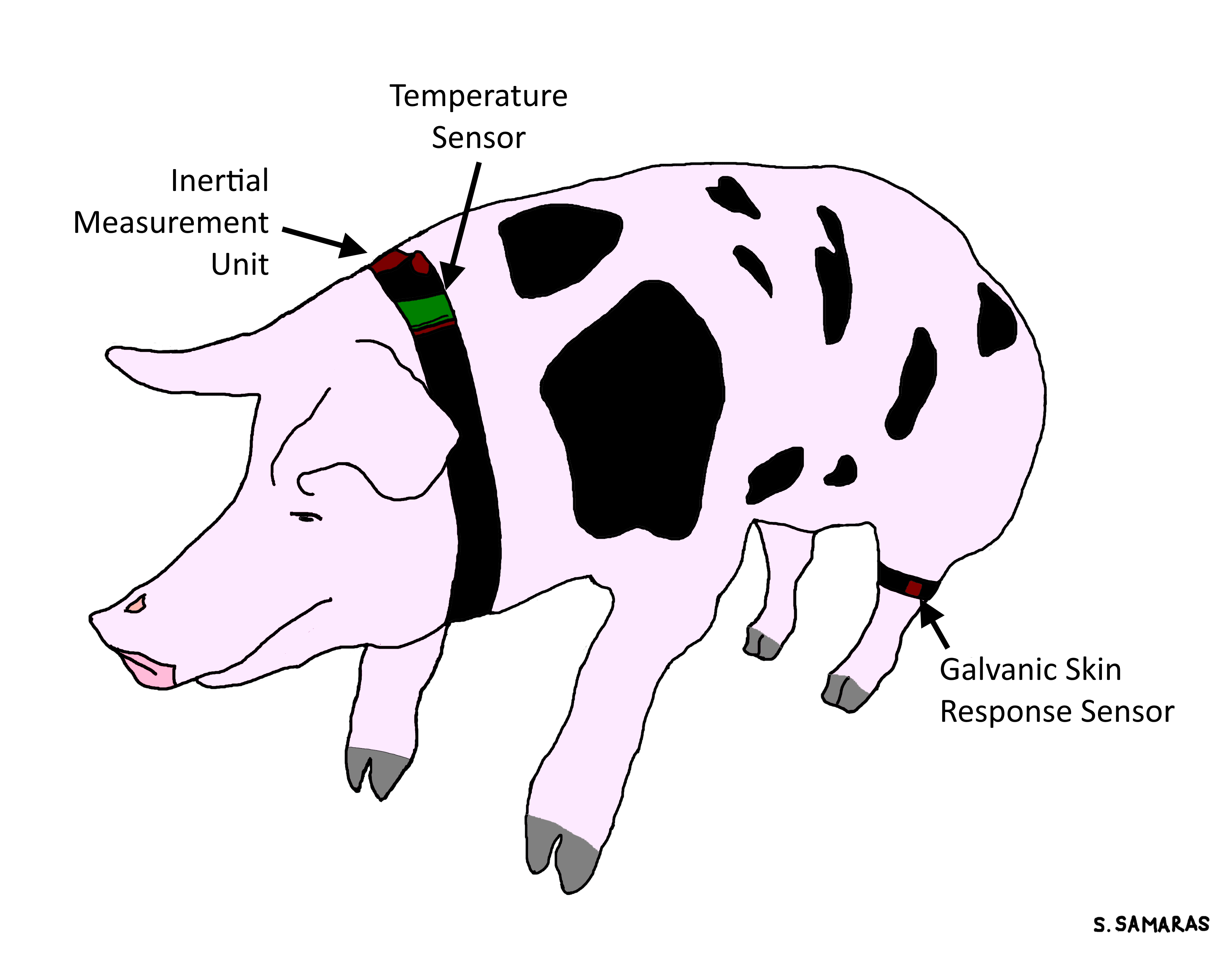Modern Technology in Farm Animals’ Reproductive Services
A special issue of Animals (ISSN 2076-2615). This special issue belongs to the section "Animal Reproduction".
Deadline for manuscript submissions: closed (15 December 2022) | Viewed by 18261
Special Issue Editor
Interests: semen quality; pig; boar; rabbit
Special Issues, Collections and Topics in MDPI journals
Special Issue Information
Dear Colleagues,
Reproductive performance is a key parameter for the economic efficiency of a livestock company. However, fertilization is affected by several seasonal, environmental and animal-related factors. Technological tools have been involved in the prognosis of animals’ subfertility to support the good reproductive management of the farms. New diagnostic laboratory tests and protocols, imaging, infrared thermography, improvement and establishment of special software, artificial intelligence, nanotechnology, antibiotics’ alternatives, sensors to measure animals’ physiological and environmental/climate variables, as well as other modern technological applications, serve the improvement of the reproductive performance.
The scope of this Special Issue is to make public information about technological applications concentrated on the improvement of reproductive efficiency; fertilizing capacity; prognosis of fertility.
We invite you to share your recent findings via this Special Issue.

Dr. Ioannis A. Tsakmakidis
Guest Editor
Manuscript Submission Information
Manuscripts should be submitted online at www.mdpi.com by registering and logging in to this website. Once you are registered, click here to go to the submission form. Manuscripts can be submitted until the deadline. All submissions that pass pre-check are peer-reviewed. Accepted papers will be published continuously in the journal (as soon as accepted) and will be listed together on the special issue website. Research articles, review articles as well as short communications are invited. For planned papers, a title and short abstract (about 100 words) can be sent to the Editorial Office for announcement on this website.
Submitted manuscripts should not have been published previously, nor be under consideration for publication elsewhere (except conference proceedings papers). All manuscripts are thoroughly refereed through a single-blind peer-review process. A guide for authors and other relevant information for submission of manuscripts is available on the Instructions for Authors page. Animals is an international peer-reviewed open access semimonthly journal published by MDPI.
Please visit the Instructions for Authors page before submitting a manuscript. The Article Processing Charge (APC) for publication in this open access journal is 2400 CHF (Swiss Francs). Submitted papers should be well formatted and use good English. Authors may use MDPI's English editing service prior to publication or during author revisions.
Keywords
- reproductive technology
- biomedical measurements
- environmental measurements
- technological applications
- imaging
- sensors
- laboratory modern techniques
- semen analysis
- in vitro embryo production
- farm animals’ reproduction






